9.6 /10 1 Votes9.6
10/10 Steam Director(s) Yoshimasa Tanaka Designer(s) Tatsuro Udo Initial release date 2016 | 4.9/5 PlayStation Store 8.8/10 IGN Producer(s) Yasuhiro Fukaya Writer(s) Naoki Yamamoto Series Tales Genre Role-playing video game | |||||||||||||||||||||||||||||||||
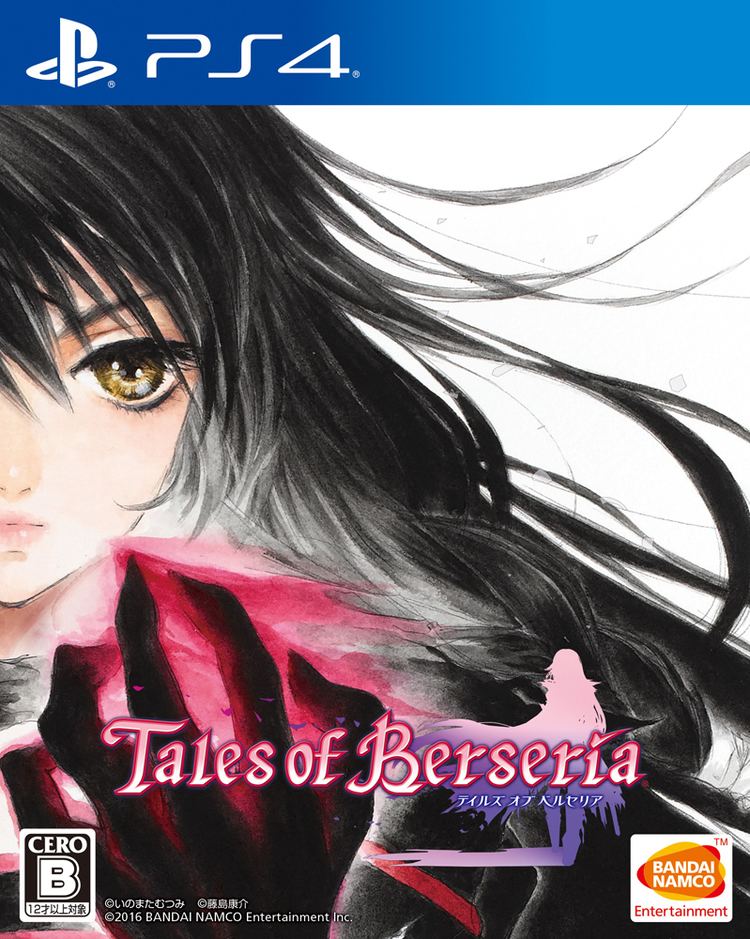 | ||||||||||||||||||||||||||||||||||
Artist(s) Mutsumi InomataKōsuke FujishimaMinoru IwamotoDaigo Okumura Similar Tales games, Bandai Namco Entertainment games, Role-playing games | ||||||||||||||||||||||||||||||||||
Let s play tales of berseria w shadypenguinn part 15 magilou s moment
Tales of Berseria (Japanese: テイルズ オブ ベルセリア, Hepburn: Teiruzu Obu Beruseria) is a role-playing video game developed and published by Bandai Namco Entertainment for PlayStation 3, PlayStation 4, and Microsoft Windows. It is the sixteenth main entry in the Tales series and a spin-off/prequel of Tales of Zestiria. It was released in Japan in August 2016, and was released worldwide in January 2017.
Contents
- Let s play tales of berseria w shadypenguinn part 15 magilou s moment
- Tales of berseria review
- Gameplay
- Setting
- Story
- Characters
- Development
- Reception
- References
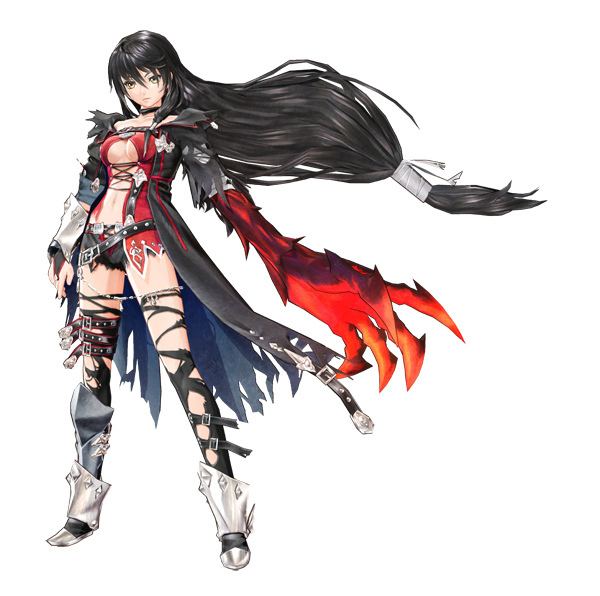
Tales of berseria review
Gameplay
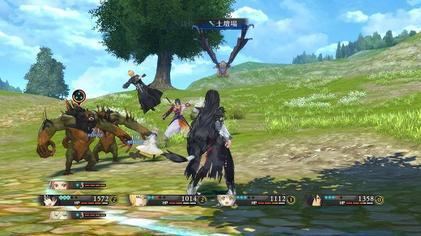
Tales of Berseria is a role-playing video game, where players navigate the game's world through the game's characters from a third-person perspective. As with previous Tales games, characters can interact through Skits, animated clips that play outside cutscenes and battle: characters are represented by head-and-shoulder portraits, and conversations can range from serious to comedic. New to the series' Skit systems is a cut-in effect, where at certain moments within skits characters in various poses will appear in response to the dialogue.
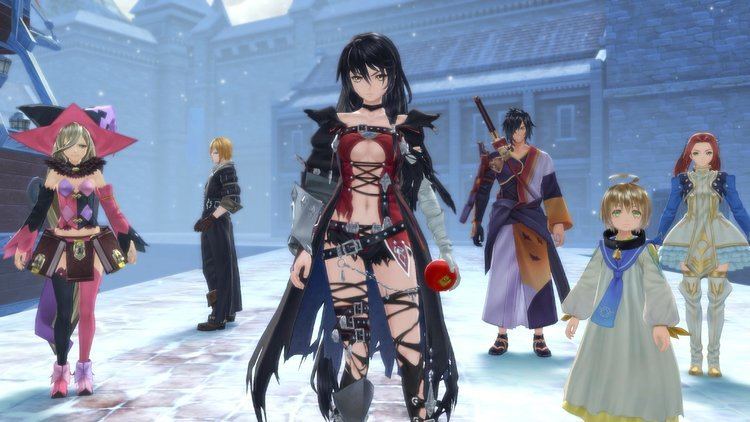
As with previous Tales titles, the game uses a variation of the Linear Motion Battle System (LMBS). Berseria's version is dubbed the "Liberation-LMBS": when in the battle zone, players can freely move around the arena and rotate the camera at will. Characters fight using physical and magical attacks, along with performing skills known as Artes that have various effects on enemies such as stunning them or causing status ailments. Artes can be directly mapped to different control buttons. Abilities outside attacking include guarding against attacks, side-stepping around opponents, and escaping from battle.
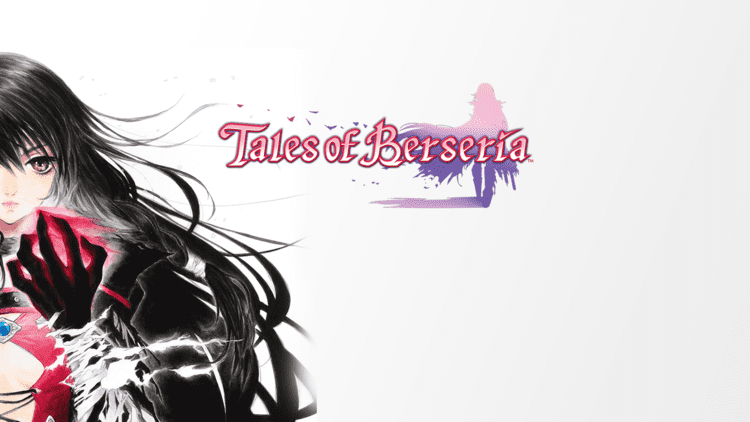
A key element in battles is the Soul Gauge, which replaces the move-governing mechanics of earlier Tales games: each character has a separate gauge showing up to five Souls, which are used up when Artes are used. While characters can still attack, their attacks can be easily deflected by enemies, but the Soul Gauge automatically recharges with time. Souls are dropped by enemies in battle which can be "stolen" to refill the gauge, a mechanic that enemies can also use to steal Souls from the player. If enough of the Soul Gauge is full characters can activate unique states called the Break Soul, where they can exceed their combo limit and bring unique effects into battle: for instance, Velvet's Break Soul triggers her arm to become bestial and different elemental attacks are triggered depending on enemy type. The main party consists of four characters which can all be assigned as the controlled character during battle, with the other available playable characters held in reserve. A mechanic called the Switch Blast can be used when changing characters: by consuming a portion of the Blast Gauge, the controlled party member switches out for a reserve member, who delivers a free attack. The Blast Gauge is also depleted by performing power attacks called Mystic Artes.
Setting
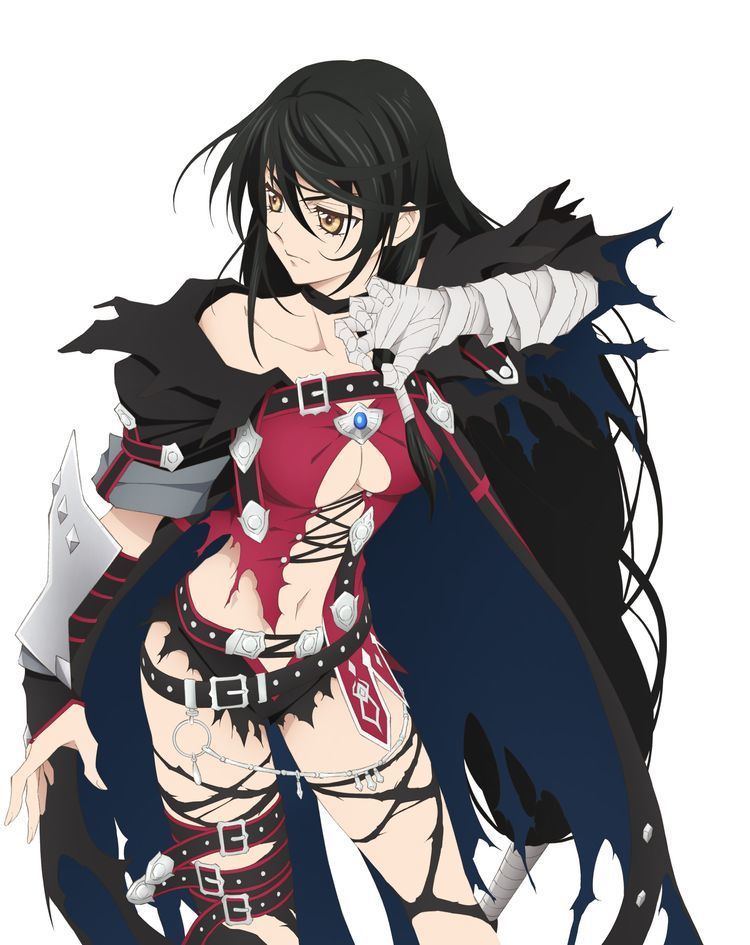
Berseria takes places in the Holy Midgand Empire, a powerful country that rules over this world's archipelago of a continent. The game's world is shared with Tales of Zestiria, although the events will occur in the distant past of Zestiria. There are countless numbers of islands around, and Midgand's rule crosses even the seas. Areas of land and islands in the game are divided into "territories." Along with humans, one of the other main races is the Malakim (singular: Malak), supernatural spirits whose wills are sealed and used by humans as slaves to utilize their magical abilities after being made visible to even normal humans due to the Advent, an incident 3 years prior to Velvet's escape from her prison. Throughout the empire, a disease known as Daemonblight causes those infected to lose their humanity and sense of rationality and transform into monsters known as Daemons, who pose a threat to the world. Along with the rulers of the Holy Midgand Empire exists a theocratic order known as the Abbey, who are of great political and religious importance and are influential in imperial affairs. The Exorcists, soldiers from the Abbey, are tasked with bringing peace and order by purging the world of Daemons and are willing to go to extremes to reach their goal.
Story
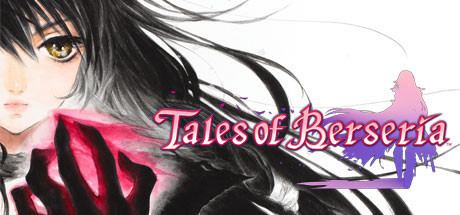
When she was a child, Velvet Crowe and her younger brother Laphicet were saved by her brother-in-law Artorius when a Scarlet Night happened and the Daemonblight consumed their village—Velvet's pregnant older sister Celica is killed by the disease through an event known as the "Opening". A few years later, Velvet lives with Laphicet and Artorius in another village. The Scarlet Night returns, with the entire village succumbing to the Daemonblight: when Velvet finds Artorius, she sees him sacrifice her brother as part of a ritual, known as the "Advent". Artorius attempts to use her for the Advent as well, but she fights back and the Daemonblight possesses her arm, mutating it and turning her into a Daemon called a "Therion", with the ability to absorb Daemons. In a rage, she slaughters the surviving Daemons, then witnesses the summoning of Malakim into the world, including a reincarnated Celica, now an emotionless Malak called Seres. She is thrown into a prison for Daemons in the prison island Titania, swearing to kill Artorius and avenge her brother's murder. Over the next three years, Artorius forms the Abbey to bring peace to the Holy Midgand Empire, and is seen as a savior by the people for establishing the Exorcists.
After three years in prison, Velvet, now embittered and possessing the power to absorb and produce malevolence from her mutated arm, is freed by Seres, who has regained her emotions and broken away from Artorius, who is declared as the Shepherd by the Abbey. During her escape, Velvet also aids fellow prisoners Rokurou and Magilou. During the escape, Velvet and Seres fight against the Praetor Exorcist Oscar Dragonia, and Seres takes a fatal attack when Oscar turns one of his Malakim servants into a dragon to face them. Absorbing Seres at her own request, Velvet makes a final attack on Oscar that blinds him in one eye before he escapes. She, Rokurou and Magilou then escape the island on a ship. Over the course of their journey, they also meet Eleanor, who is one of the Abbey's Exorcists but beginning to doubt their methods; Laphicet, a Malak formerly in service to Praetor Exorcist Teresa Linares until breaking free and traveling with Velvet; and Eizen, a Malak who travels with pirates who grant the group sanctuary. They are also joined by Bienfu, a Normin Malak originally contracted with Magilou and who had since been bound to Eleanor while Magilou was imprisoned. Eleanor is initially reluctant to join Velvet, attempting suicide before being stopped by Laphicet and learning the full truth behind the Abbey's plans.
They eventually learn that Artorius, Oscar, Teresa, and Legate Exorcists Shigure Rangetsu and Melchior Mayvin are trying to purge the Daemonblight by erasing all emotion from humankind: to do this, they needed to summon Innominat, the Empyrean of Suppression, an extremely powerful Malak, into the world. The group learns through an ancient tome that Innominat, depicted as a dragon with eight heads, is connected through Earthpulses, areas of the world where its mana is highly concentrated, to seven Therions, Daemons similar to Velvet. The Therions then devour Daemons, whose energy is then absorbed by Innominat in order for him to be summoned into the world. Artorius, Oscar, Teresa, Shigure and Melchior were ultimately successful, with Innominat taking on the form of Velvet's deceased brother. It was also revealed to the group early on that Daemonblight is actually an impurity called "malevolence" generated by the negative emotions of humanity which can turn humans into Daemons, and that Daemons and Malakim are visible to only humans who possess "resonance" in them. Due to Artorius' actions during the Opening and the Advent, the latent resonance in humanity amplified, allowed for the Malakim and Daemons to be visible. Laphicet is revealed to be the reincarnation of Celica's unborn son, and that Velvet, being a Therion herself, is able to produce malevolence from her mutated arm when she absorbs Daemons, and is even declared by both the Abbey and the populace as the "Lord of Calamity". Magilou is revealed to be a former student of Melchior's and that Melchior had placed an arte on Bienfu which forced him to spy on the party.
In order for the group to defeat Artorius and Innominat, they pursue each of the Exorcists, defeating them and using them as vessels to awaken the four Empyreans. They then face Artorius, who merges with Innominat in the final battle before Velvet kills him once and for all. Innominat begins going berserk, and Velvet decides to seal herself away with him so that Laphicet and the other Therions (whose lives are linked to Innominat's) can survive. Laphicet becomes Innominat's replacement with the help of Oscar, Teresa, Shigure and Melchior, reincarnated as the four Empyreans who would serve Laphicet as his Lords. Laphicet then transforms into a benevolent dragon and purifies the land of malevolence, at the cost of humans not being able to see the Malakim. Eleanor decides to become a Shepherd to guide the people, Magilou records the events of the world in her role as a scribe, while Laphicet renames himself as "Maotelus"—these events foreshadow and set the scene for Tales of Zestiria. In the credits, several 'what if' images showing Velvet and her little brother, miraculously cured of his illness, going on an adventure are displayed. This 'what if' epilogue shows Velvet living a happy life with Celica, Artorius and their child, all a possibility if Celica had survived the Scarlet Night.
Characters
Voiced by (English): Cristina Vee
Voiced by: (Japanese): Rina Satō
Voiced by (English): Amber Connor
Voiced by (Japanese): Azumi Asakura
Voiced by: (English): Benjamin Diskin
Voiced by (Japanese): Daisuke Kishio
Voiced by: (English): Erica Mendez
Voiced by (Japanese): Ami Koshimizu
Voiced by: (English): Erica Lindbeck
Voiced by (Japanese): Satomi Satō
Voiced by: (English): Monica Rial
Voiced by (Japanese): Naomi Nagasawa
Voiced by: (English): Taliesin Jaffe
Voiced by (Japanese): Toshiyuki Morikawa
Voiced by: Tomoaki Maeno
A Praetor-rank Exorcist who tries to stop Velvet after the latter escapes from prison. He has a strong sense of justice as an Exorcist and loyalty to his sister.Voiced by: (English): Brina Palencia
Voiced by (Japanese): Yui Horie
Voiced by: (English): Max Mittelman
Voiced by (Japanese): Kazuya Nakai
Voiced by: Nobuo Tobita
A Legate-rank Exorcist who is a master in the art of alchemy. He is Artorius's colleague and friend who shares similar beliefs.Voiced by: (English): Monica Rial
Voiced by (Japanese): Satomi Arai
Voiced by: (English): Ray Chase
Voiced by (Japanese): Kenyu Horiuchi
Voiced by: Rie Kugimiya
One of the five Empyreans, is an extremely powerful Malak that Artorius and the Exorcists summon to purge all human emotion in order to cleanse the world of Daemonblight. He takes on the form of Velvet's deceased brother and serves as the game's secondary antagonist.Voiced by: Kenjiro Tsuda
A returning character from Tales of Zestiria, he is a malak with wind powers that occasionally meets the party, and carries a powerful magic weapon that belonged to Aifread.Development
Development for Tales of Berseria began in the fall of 2014 at Bandai Namco Studios, after active development had finished on Zestiria. A notable change was Hideo Baba not acting as producer, his role instead being filled by Yasuhiro Fukaya while Baba himself took over general supervision of the Tales series. Yoshimasa Tanaka acted as director; the music was composed by Motoi Sakuraba; the battle system was designed by Tatsuro Udo; while the characters were designed by Mutsumi Inomata, Kōsuke Fujishima, Minoru Iwamoto and Daigo Okumura. While it is the first original Tales title to be developed for the PlayStation 4, it will also release on the PlayStation 3 in Japan: the game was first developed on PS3, then upgraded to PS4. Using a similar engine to past Tales titles, the majority of updating went into technical improvements to ensure smooth performance on all platforms. Berseria is intended to be the last mainline Tales title for seventh-generation consoles.
The scenario was written by Naoki Yamamoto, who had previously worked on Zestiria. Despite being a distant prequel to Tales of Zestiria—taking place in the distant past and containing references—the game's story was designed to be able to work on its own. This distant connection concept was inspired by the developer's wish to emulate the similar distant narrative connection between Tales of Phantasia and Tales of Symphonia. It also featured nods to earlier entries in the series, such as the party's ship being named after a similar transport ship in Tales of Eternia. The main theme of Tales of Berseria is the conflict between emotion and reason, with Velvet being the incarnation of emotion and rage. This theme is represented in the game's title, which stems from the term "Berserker", legendary warriors who were imbued with uncontrollable power. The game was the first in the Tales series to feature a sole female protagonist, with that last leading female character being Milla Maxwell from Tales of Xillia, who had shared her role as main dual protagonist with male character Jude Mathis. As Milla had been popular with the Tales fanbase, it was decided that Berseria would have a female lead. The decision was also influenced by the growing demands for female lead characters in gaming, particularly from the West.
Bandai Namco Entertainment had filed a trademark for the title, along with two other titles, on April 20, 2015. On June 6, 2015, the game was officially announced, including details on the protagonist Velvet, voiced by Rina Satou and designed by Mutsumi Inomata. It was revealed that ufotable would animate the anime cutscenes. The game was described as the final part of the company's 20th anniversary celebrations for the Tales series. The game's year of release was announced in December 2015, while its western release for PS4 and Microsoft Windows was confirmed the following week. The game's theme song, "Burn", will be composed and performed by Flow. Its characteristic genre name, a recurring feature of the series, is Kimi ga kimirashiku ikiru tame no ārupījī (君が君らしく生きるためのRPG?, lit. "RPG of Discovering your Own Reason to Live"). For the game's Western release, the scene where Artorius kills Velvet's brother Laphicet was altered: rather than stabbing him directly with his sword, Artorius sacrifices him through a magical ceremony, reducing the level of violence while keeping the dramatic significance of the scene intact. This alteration was made to keep the game's age rating within acceptable levels, with particular reference being given to preserving the "16" rating given by Europe's Pan European Game Information board. In a later statement Bandai Namco stated that, aside from text and dialogue variations standard for the game's Japanese-to-English localization, no other content had been altered for the Western release.
Reception
Famitsu gave Tales of Berseria a score of 35 out of 40 based on four reviews. Among the positive comments made were towards its story and characters, along with aspects of its gameplay. The reviewers' main criticisms were leveled against some lack of originality in the gameplay and disappointment that the game did not better utilize the graphical power of the PS4. Dengeki PlayStation praised the story and characters, particularly noting Satō's performance as Velvet, and said the battles were the most enjoyable in the series to date. It did criticize the tutorials as being too long, wanted faster character movement earlier in the game, and said that series newcomers might be overwhelmed by the number of aspects to learn.
Meghan Sullivan from IGN gave Tales of Berseria a score of 8.8/10, praising the emotional storytelling, diverse cast of characters, and how Velvet felt more like an anti-hero compared to protagonists of prior entries of the Tales series. However, some criticisms were about the generic look of some of the game's environment, and how much backtracking was required through old locations to advance through the game.
